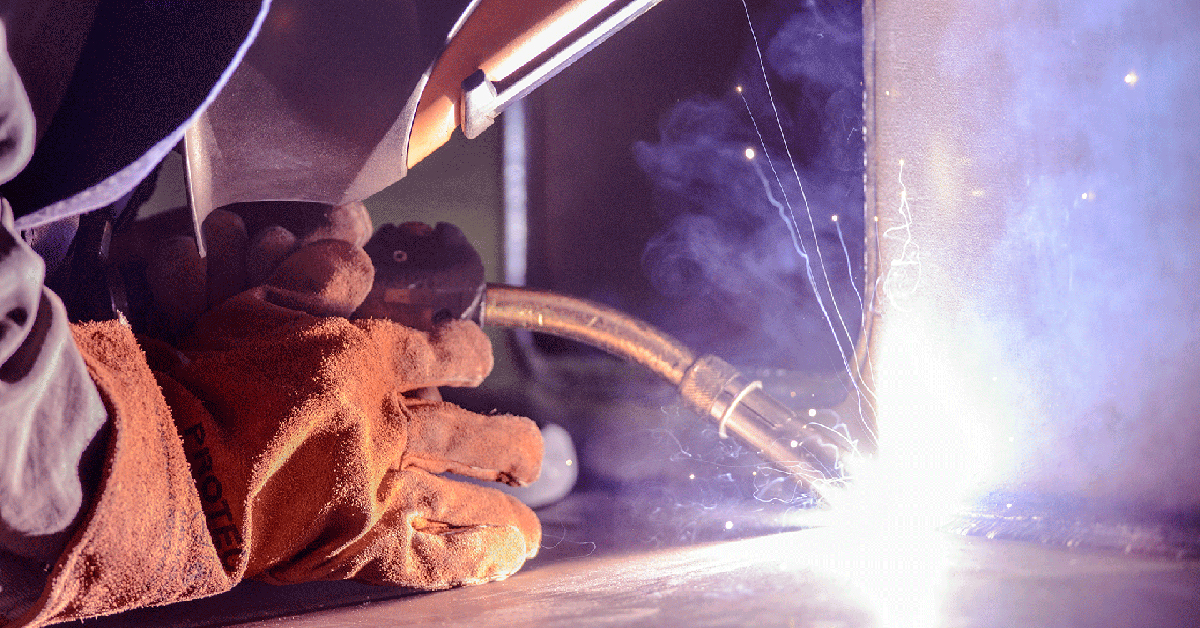Expert Strategies for Preventing Weld Undercut Efficiently
Expert Strategies for Preventing Weld Undercut Efficiently
Blog Article
Grasping the Art of Welding: Just How to Prevent Undercut Welding Issues for Flawless Manufacture Outcomes
By understanding the root causes of undercut welding and carrying out effective strategies to avoid it, welders can elevate their craft to brand-new levels of excellence. In the quest of flawless construction results, understanding the art of welding to avoid undercut problems is not just an ability however a need for those striving for perfection in their job.
Understanding Undercut Welding

To protect against undercut welding, welders should guarantee proper welding parameters, such as changing the present, voltage, traveling rate, and keeping the proper electrode angle. By understanding the causes of undercut welding and executing preventive actions, welders can attain top quality, structurally sound welds.
Reasons For Undercut in Welding
Recognizing the aspects that contribute to damage in welding is crucial for welders to produce top quality, structurally sound welds. When the weld metal does not properly fill the groove formed in between the base steel and the formerly deposited weld steel, damaging happens. A number of elements can lead to damage in welding. One common reason is too much warm input. Welding at high temperatures for extended periods can cause the base metal thawing greater than desired, leading to undercut. Inadequate welding incorrect or current welding rate can also add to undercut. Insufficient current might not supply enough warmth to melt the base and filler metals adequately, while too much speed can stop appropriate fusion, triggering undercut. In addition, incorrect electrode angles or wrong lantern control methods can develop locations of reduced weld metal deposition, promoting undercut. Recognizing these reasons and applying appropriate welding methods can aid protect against damaging concerns, making certain sturdy and solid welds.
Techniques to avoid Undercutting

To reduce the danger of undercutting in welding, welders can use calculated welding methods aimed at improving my review here the quality and honesty of the weld joints. Furthermore, utilizing the appropriate welding method for the specific joint arrangement, such as weave or stringer beads, can contribute to lowering damaging.
Using back-step welding methods and regulating the weld bead account can also assist disperse heat uniformly and minimize the risk of undercut. Routine evaluation of the weld joint during and after welding, as well as carrying out quality assurance steps, can assist in resolving and identifying undercutting concerns without delay.
Relevance of Correct Welding Criteria
Picking and keeping suitable welding criteria is essential for attaining successful welds with marginal issues. Welding criteria refer to variables such as voltage, present, take a trip rate, electrode angle, and securing gas circulation rate that directly impact the welding process. These criteria must be very carefully adjusted based on the kind of product being bonded, its thickness, and the welding method utilized.
Proper welding specifications make Click Here sure the correct amount of warmth is related to thaw the base metals and filler material consistently. If the parameters are established expensive, it can cause extreme heat input, creating distortion, burn-through, or spatter. On the other hand, if the criteria are too reduced, insufficient combination, absence of penetration, or undercutting may happen.
High Quality Assurance in Welding Workflow

Verdict
Finally, understanding the art of welding needs a thorough understanding of undercut welding, its causes, and methods to stop it. By guaranteeing appropriate welding criteria and applying high quality assurance methods, remarkable manufacture results can be attained. It is crucial for welders to continually pursue excellence in their welding procedures to prevent undercut problems and generate high-quality welds.
Undercut welding, a typical issue in welding processes, occurs when the weld steel does not correctly load the groove and leaves a groove or anxiety along the welded joint.To protect against undercut welding, welders must ensure correct welding criteria, such as readjusting the existing, voltage, travel rate, read review and preserving the appropriate electrode angle. Inadequate welding existing or incorrect welding speed can likewise add to undercut.To reduce the risk of damaging in welding, welders can utilize strategic welding strategies aimed at enhancing the top quality and integrity of the weld joints.In final thought, grasping the art of welding needs a thorough understanding of undercut welding, its reasons, and strategies to prevent it.
Report this page